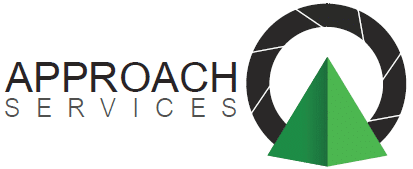Benefits and pitfalls Copy
Topic time estimate: 5 Minutes
The benefits

Fostering a growth mindset during change encourages the desire to learn and evolve. In many ways the growth mindset is an enabler to make the EXCELerate Change Leadership tools more powerful.
Applying the growth mindset enables Change Leaders to:
- Reflect actively on your own value driven actions. (Value Driven Change Leader)
- Seek guidance and learn from other’s success (Agile Change Leader)
- Face the change and remove obstacles (Resilient Change Leader)
- Be more determined in problem-solving (Conflict Resolution in Change)
- Embrace and using feedback to improve (Communicating Change)
As you practice all your EXCELerate Change Leadership tools with a growth mindset you will experience:
- Better change outcomes over time
- A faster implementation time
- A greater level of uptake across your stakeholders
- More sustainable change solutions
The pitfalls and risks
On the other hand, a fixed mindset suppresses learning and increases the risk of:

- Risk of stagnation and a loss of competitive advantage
- Increased dissatisfaction, resentment and disappointment
- Low motivation and effort to face the challenge and achieve change objectives
- Early cut off of change opportunities
- Taking criticism personally and decreased level of self-awareness and -knowledge
As a consequence, longer periods of no activity resulting in poor change outcomes and prolonged change cycles.
Example
A pretty common examples is that an organisation is attempting a well-overdue upgrade on their IT-landscape. The large scale IT implementation project is met by many employees with resistance, because of the radical change, the niche expertise with the existing system and lack of skills with the new system meant that people got scared to lose their jobs.
Now imagine two different scenarios:
The workforce and culture of organisation A are highly complacent. People are doing what they are doing because it has always been done that way. When the changes are announced, people feel backed into a corner and resist the changes. Distraction and confusion affect performance and motivation and soon after the changes are implemented people are finding workarounds to mimic the old processes and systems instead of embracing new functionalities.
The workforce and culture of organisation B is built on curiosity and learning. Whilst working with the historic system individuals had often brought forward ideas of streamlining and improving workflows. These driven individuals and a few critiques were involved early in co-creating and sourcing a solution that truly upgrades the systems to the organisation’s needs. By identifying these stakeholders during the design phase and asking for insights, training, and coaching needs, the organisation gained valuable insights that shorten the time to implement and send an important message to the workforce. The people understand that this is an opportunity to improve, that they are valued and not being criticised for their previous work and that the changes allow for a learning period.
